Charles F Heard
age ~66
from Atlanta, GA
- Also known as:
-
- Charlie F Heard
- Charlies Heard
- Carla Heard
- Charlie Sheard
- Phone and address:
- 3611 Tanglewood Dr SE, Atlanta, GA 30339
Charles Heard Phones & Addresses
- 3611 Tanglewood Dr SE, Atlanta, GA 30339
- Cashiers, NC
- Marietta, GA
- Sylacauga, AL
- Murphy, NC
- Cobb, GA
Medicine Doctors

Charles W. Heard
view sourceSpecialties:
Orthopaedic Surgery, Clinical Cardiac Electrophysiology
Work:
Baker Heard Osteen Davenport
345 W Michigan St STE 114, Orlando, FL 32806
4078439083 (phone), 4074202900 (fax)
345 W Michigan St STE 114, Orlando, FL 32806
4078439083 (phone), 4074202900 (fax)
Education:
Medical School
Medical College of Georgia School of Medicine
Graduated: 1976
Medical College of Georgia School of Medicine
Graduated: 1976
Procedures:
Hip Replacement
Knee Arthroscopy
Lower Leg/Ankle Fractures and Dislocations
Shoulder Surgery
Arthrocentesis
Carpal Tunnel Decompression
Hip/Femur Fractures and Dislocations
Joint Arthroscopy
Knee Replacement
Lower Arm/Elbow/Wrist Fractures and Dislocations
Shoulder Arthroscopy
Knee Arthroscopy
Lower Leg/Ankle Fractures and Dislocations
Shoulder Surgery
Arthrocentesis
Carpal Tunnel Decompression
Hip/Femur Fractures and Dislocations
Joint Arthroscopy
Knee Replacement
Lower Arm/Elbow/Wrist Fractures and Dislocations
Shoulder Arthroscopy
Conditions:
Internal Derangement of Knee
Plantar Fascitis
Ankylosing Spondylitis (AS)
Fractures, Dislocations, Derangement, and Sprains
Internal Derangement of Knee Cartilage
Plantar Fascitis
Ankylosing Spondylitis (AS)
Fractures, Dislocations, Derangement, and Sprains
Internal Derangement of Knee Cartilage
Languages:
English
Spanish
Spanish
Description:
Dr. Heard graduated from the Medical College of Georgia School of Medicine in 1976. He works in Orlando, FL and specializes in Orthopaedic Surgery and Clinical Cardiac Electrophysiology. Dr. Heard is affiliated with Dr P Phillips Hospital and Orlando Regional Medical Center.

Charles W Heard
view sourceSpecialties:
Orthopaedic Surgery
Education:
Medical College of Georgia (1976) Orthopaedic Surgery
Isbn (Books And Publications)

Hollywood's Hellfire Club: The Misadventures of John Barrymore, W.C. Fields, Errol Flynn and the "Bundy Drive Boys"
view sourceAuthor
Charles Heard
ISBN #
1932595244
Resumes

Charles Heard
view sourceLocation:
United States

Chevron - Reservoir Management Consultant
view sourcePosition:
Reservoir Management Consultant at Chevron
Location:
Houston, Texas
Industry:
Oil & Energy
Work:
Chevron since May 2013
Reservoir Management Consultant
Chevron 2008 - 2012
Angola LNG Supply Lead
Reservoir Management Consultant
Chevron 2008 - 2012
Angola LNG Supply Lead

Charles Heard
view sourceLocation:
United States

Charles Heard
view sourceLocation:
United States

Managing Member At Heard Development
view sourceLocation:
Greater Atlanta Area
Industry:
Real Estate
Name / Title
Company / Classification
Phones & Addresses
Owner
Brazos Patio & Pool Enclosures
Patio. Porch & Deck Enclosures
Patio. Porch & Deck Enclosures
306 Redmond Dr., # 100, College Station, TX 77840
9797396907
9797396907
Principal
Charly Heard
Business Services at Non-Commercial Site
Business Services at Non-Commercial Site
4122 Paces Fry Rd NW, Atlanta, GA 30327
Manager
Clermont Partner, LLC
Nonclassifiable Establishments
Nonclassifiable Establishments
2900 Delk Rd SE, Marietta, GA 30067
4122 Paces Fry Rd NW, Atlanta, GA 30327
3849 Brandy Sta Ct SE, Atlanta, GA 30339
4122 Paces Fry Rd NW, Atlanta, GA 30327
3849 Brandy Sta Ct SE, Atlanta, GA 30339
Manager
Winterhaven Partner, LLC
3849 Brandy Sta Ct SE, Atlanta, GA 30339
2900 Delk Rd SE, Marietta, GA 30067
4122 Paces Fry Rd NW, Atlanta, GA 30327
2900 Delk Rd SE, Marietta, GA 30067
4122 Paces Fry Rd NW, Atlanta, GA 30327
Manager
CLERMONT LANDLORD, LLC
35 Johnson Fry Rd, Marietta, GA 30068
Chief Executive Officer
Seriously Green Inc
Motion Picture Distribution Services
Motion Picture Distribution Services
2010 N Ponce De Leon Ave NE, Atlanta, GA 30307
Chief Executive Officer
Charles F Heard Company
Nonclassifiable Establishments
Nonclassifiable Establishments
161 Vlg Pkwy NE, Marietta, GA 30067
Us Patents
-
Fireplace Device
view source -
US Patent:42768705, Jul 7, 1981
-
Filed:Feb 26, 1980
-
Appl. No.:6/124815
-
Inventors:Charles B. Heard - Lawrenceville GA
-
International Classification:F24C 1522
-
US Classification:126141
-
Abstract:A fireplace device which is especially suited to the retrofitting of existing fireplaces and stoves in order to increase their ability to heat living areas includes a curved portion that is connected to a planar portion mounted on legs that support the device above a hearth. The device may be constructed so that it is adjustable with respect to a lower depending wall of the fireplace opening in order to maximize the radiative and convective heat which is transferred into the living area.
-
Pulp-Insulated Conductor Cable
view source -
US Patent:44254741, Jan 10, 1984
-
Filed:Oct 27, 1981
-
Appl. No.:6/315376
-
Inventors:Helmut E. Durr - Dunwoody GA
Charles B. Heard - Lawrenceville GA -
Assignee:Western Electric Company, Inc. - New York NY
-
International Classification:H01B 348
-
US Classification:174110F
-
Abstract:A cable of this invention includes a number of pulp-insulated conductor pairs per unit of cable cross-sectional area which is substantially greater than in prior art cables. Each pulp-insulated conductor includes a metallic conductor enclosed in a composite insulation cover which has a controlled dielectric constant and a controlled adhesion of the cover to the conductor. The composite cover comprises a pulpous material and a layer of adhesive material which is interposed between the conductor and the pulpous material. The layer of the adhesive material bonds the pulpous material to the conductor and allows a reduced thickness of pulpous material without degrading the transmission characteristics of the cable. Also, the mechanical integrity of the insulation cover permits the moisture content of the pulpous material to be reduced and the density increased over that achieved in prior art pulp-insulated conductors without causing bare spots in the insulation. The changes in moisture content and density reduce the compressibility of the insulation.
License Records
Charles Heard
License #:
STA314 - Expired
Category:
Occupational Therapy
Issued Date:
Sep 10, 2008
Effective Date:
Nov 19, 2013
Type:
Superficial Thermal Agents

Charles Anthy Heard
view sourceCharles Anthony Heard
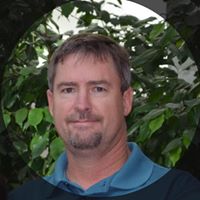
Charles Heard
view source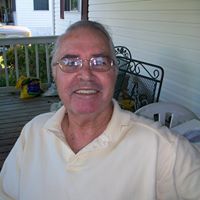
Charles Heard
view source
Charles Heard
view source
Charles Heard
view source
Charles Heard
view source
Charles Chuck Chill Heard
view source
Charles Heard
view sourceGoogleplus
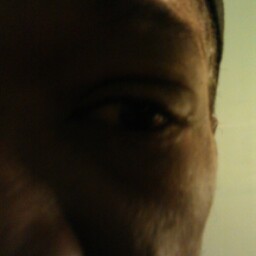
Charles Heard

Charles Heard
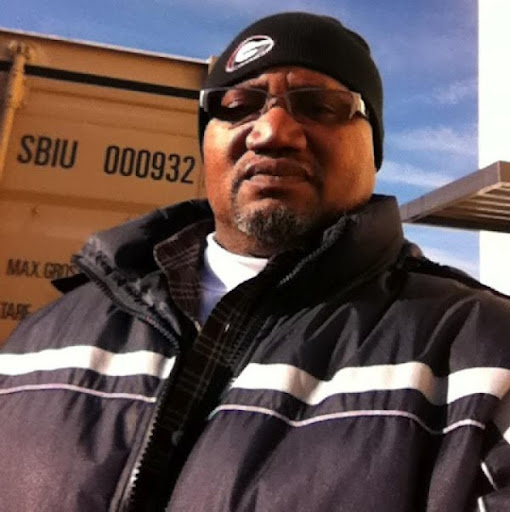
Charles Heard

Charles Heard
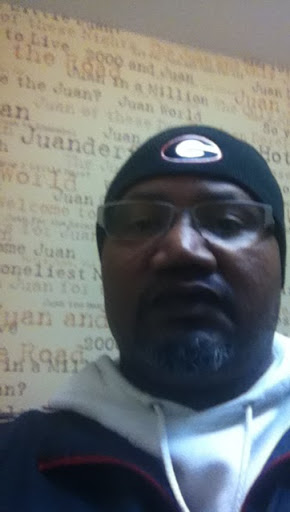
Charles Heard
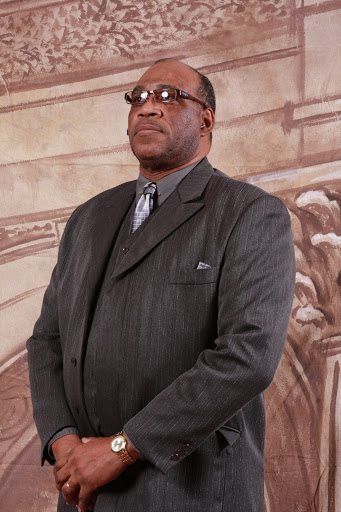
Charles Heard
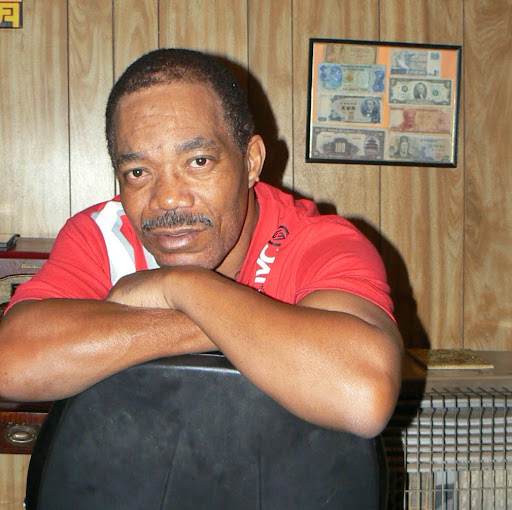
Charles Heard

Charles Heard
Flickr
Youtube
Classmates

Charles Heard
view sourceSchools:
Southwest Georgia Academy Damascus GA 1972-1984
Community:
Gertrude Sanders, Amanda Armstrong

Charles Heard
view sourceSchools:
Sacred Heart School Andover MA 1961-1965

Charles Heard
view sourceSchools:
Hazlehurst High School Hazlehurst MS 1967-1971
Community:
Melvin Dumas

Charles Heard
view sourceSchools:
Tuscaloosa High School Tuscaloosa AL 1970-1974
Community:
Deloris Madison, William Price

Charles Heard
view sourceSchools:
East Highland High School Sylacauga AL 1961-1965
Community:
Clarence Cook, Moses Pitts, Willie Nix, Mathew Roberts, Evelyn Thomas, Gwendolyn Bardwell

Charles Heard | Jefferson...
view source
Charles Heard | Tuscaloos...
view sourceGet Report for Charles F Heard from Atlanta, GA, age ~66








![Roll The Dice: Factotum: Charles Bukowski [Censored] Roll The Dice: Factotum: Charles Bukowski [Censored]](https://i.ytimg.com/vi/bVS4xeCV1S4/0.jpg)




